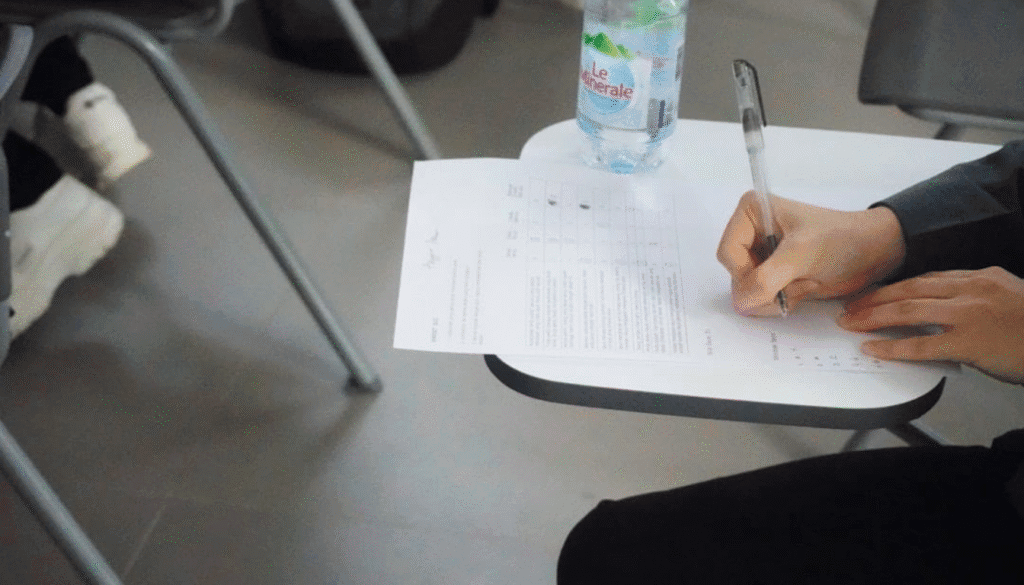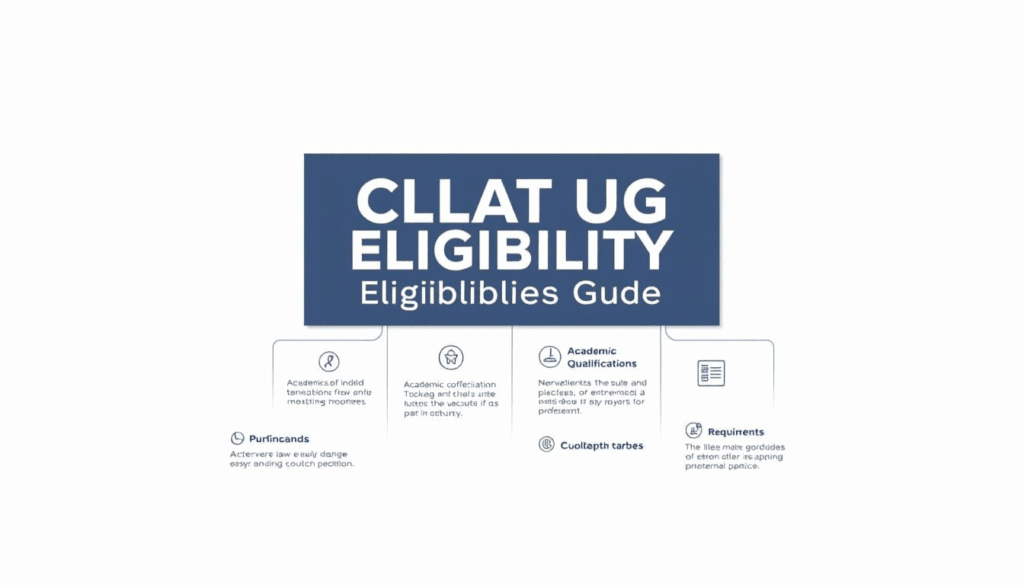Achieving CLAT Success: Balancing Study Routines and Mindset in a Drop Year
Choosing to take a drop year to focus on your CLAT prep is a bold move, and many hopeful law students find it boosts their shot at getting into a top National Law University. In fact, over 60 percent of CLAT toppers (AIR 1–100) in recent years were droppers, according to coaching platforms Law Prep Tutorial and iQuanta. It gives you time to learn from past mistakes, shore up your basics, and build a solid study routine. Pressure can get intense, but keeping a healthy mindset really helps you cruise through the year. In this guide, we’re going to walk you through a practical plan, covering your study schedule, mock test tips, and regular legal reasoning practice. With the right approach, this year can be a game-changer, bringing clarity and growth as you gear up for success in law. Learn more about CLAT preparation for droppers.
Introduction to a Drop Year
Taking a drop year for CLAT preparation is a significant decision that can reshape your academic journey. This period offers a unique opportunity to deepen your understanding and improve your scores.
Why Choose a Drop Year
Many students opt for a drop year to improve their chances of getting into a top law university. This decision is often driven by the desire to learn from previous mistakes and strengthen their foundation. A drop year provides the luxury of time to focus on areas that need improvement.
-
Statistics: Over 60% of top CLAT scorers are droppers.
-
Example: A student shared on Quora how a drop year helped boost their rank significantly.
The key is to approach this year with a plan and purpose. Start by assessing your past performance and identifying the subjects or topics where you need the most improvement.
Turning Pressure into Opportunity
While a drop year comes with its share of pressure, it also presents a chance to turn that pressure into productivity and growth. The key is maintaining a positive mindset and structured routine.
-
Mindset: Embrace pressure as a motivator rather than an obstacle.
-
Real-world insight: A Reddit user discussed how they thrived under pressure by organizing their study schedule.
The difference lies in viewing the year as a marathon, not a sprint. By pacing yourself and staying committed, the pressure can become a catalyst for excellence.
Building the Foundation
The initial months of your drop year are crucial for rebuilding the basics and addressing past mistakes. Having a strong foundation sets the stage for success in legal reasoning and current affairs.
Revisiting Basics and Mistakes
Start by revisiting the fundamental concepts that form the backbone of CLAT. This involves going back to the basics and correcting previous errors.
-
Identify Weak Areas: Use past papers to find recurring mistakes.
-
Focused Study: Dedicate time to each weak topic until you feel confident.
-
Conceptual Clarity: Engage with resources like Lawgic’s Essential Coaching to solidify your understanding.
This process not only strengthens your foundation but also builds confidence in tackling complex problems.
Strengths and Weaknesses Assessment
Assessing your strengths and weaknesses is vital for effective CLAT preparation. This involves continuous evaluation of your skills.
-
Self-Assessment: Regularly take mock tests to gauge progress.
-
Example: Many students use a SWOT analysis to map out their abilities.
A clear understanding of your strengths allows you to leverage them, while acknowledging weaknesses directs where to focus your efforts.
Mid-Year Focus and Practice
As you move into the middle phase of your drop year, the focus shifts to regular practice under time constraints and mastery of key subjects.
Time-Bound Practice Sessions
Practicing under timed conditions is essential for improving your test-taking speed and efficiency. This practice simulates real exam conditions.
-
Routine: Schedule regular practice sessions with a timer.
-
Tip: Use a mix of past papers and online resources like Budget CLAT Prep.
Consistent time-bound practice enhances your ability to manage pressure and pace during the actual exam.
Mastering Legal Reasoning and Current Affairs
Legal reasoning and current affairs are critical components of the CLAT exam. Mastery in these areas can set you apart from other candidates.
-
Daily Updates: Stay informed with daily news and legal updates.
-
Resource: Knowledge Nation offers insights into managing these subjects effectively.
By dedicating time each day to these areas, you ensure that your knowledge remains fresh and relevant.
Advanced Preparation Techniques
In the latter stages of your drop year, focus on refining advanced techniques to enhance your preparation.
Simulating Full-Length Mocks
Simulating full-length mock exams is a strategy that helps in understanding the exam’s format and managing time efficiently.
-
Schedule Regular Mocks: At least once a week.
-
Analyze Performance: Review each mock to identify frequent errors.
-
Adjust Strategies: Modify your approach based on mock outcomes.
These simulations are critical for building endurance and familiarity with the test environment.
Improving Speed and Accuracy
Speed and accuracy are pivotal in achieving a high CLAT score. Developing these skills requires targeted practice and strategic insights.
-
Speed Drills: Incorporate short, timed quizzes to enhance speed.
-
Tip: Focus on accuracy before increasing speed for sustainable improvement.
By consistently working on these aspects, you can significantly enhance your test performance.
Final Stretch Strategies
As you near the exam date, implementing strategies to stabilize your mindset and refine revision techniques becomes crucial.
Weekly Exam Simulations
Weekly exam simulations ensure you remain in peak condition for test day. They help solidify your routine and confidence.
-
Routine: Set a fixed day each week for full mock exams.
-
Example: A successful strategy involves reviewing errors immediately post-simulation.
This practice helps maintain a sense of readiness and reduces anxiety as the exam approaches.
Mindset Stability and Revision Techniques
Maintaining a stable mindset and effective revision techniques is essential in the final stretch of your preparation.
-
Mindfulness: Practices like meditation can help manage stress.
-
Tip: Use concise revision notes and summary sheets for quick reviews.
By keeping your mind calm and organized, you enhance your ability to recall information during the exam.
Achieving Success Beyond Scores
Success in a drop year is not solely defined by scores. It’s also about personal growth and discipline gained throughout the process.
Defining Success in a Drop Year
Success goes beyond high scores; it encompasses clarity and improved discipline over the year.
-
Perspective: View achievements through personal growth.
-
Insight: Many students find that a drop year refines their study habits and maturity.
Measure success in terms of knowledge gained and confidence built, not just your final rank.
Celebrating Growth and Discipline
Celebrating small victories and maintaining discipline are key aspects of a successful drop year.
-
Milestones: Celebrate reaching study goals and mastering topics.
-
Tip: Keep a journal to track progress and reflect on improvements.
Recognizing growth keeps motivation high and reinforces the value of persistence.
Conclusion
A drop year dedicated to CLAT preparation is an opportunity for substantial academic and personal growth. By focusing on building a solid foundation, practicing strategically, and maintaining a positive mindset, students can transform challenges into triumphs. For comprehensive support and resources, consider engaging with specialized coaching like Lawgic Coaching. With dedication and the right strategies, this year can be a transformative chapter in your journey toward a career in law.


